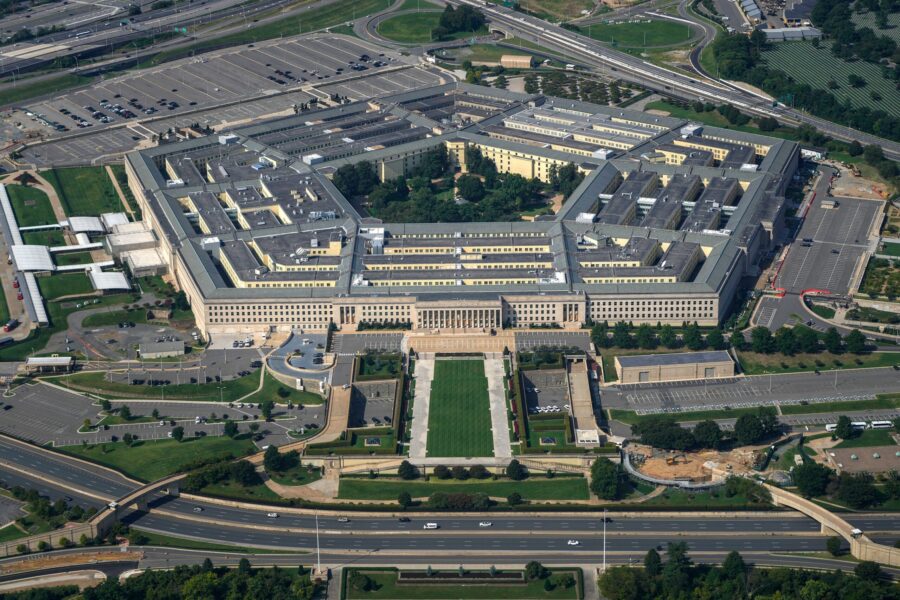US and UK strike Houthi targets in Yemen one day after US strikes in Iraq and Syria
Feb 3, 2024, 3:21 PM

Earlier Saturday, the US struck six Houthi anti-ship cruise missiles before they were launched toward the Red Sea, US Central Command said. (Carolyn Kaster, AP)
(Carolyn Kaster, AP)
(CNN) — The US and UK have conducted strikes on Houthi targets in Yemen from air and surface platforms — including fighter jets. At least 30 targets were struck across at least 10 locations, according to two US officials.
The targets include command and control; an underground weapons storage facility; and other weapons used by the Houthis to target international shipping lanes, one official said.
Earlier Saturday, the US struck six Houthi anti-ship cruise missiles before they were launched toward the Red Sea, US Central Command said.
The strikes on consecutive days come as the Biden administration has a “multi-tiered” response to a drone attack that killed three US service members and wounded scores more last weekend.
Seeking to avoid a regional war with Tehran, the US has not targeted Iran directly, instead going after some of its most powerful proxies in the region. It is an indirect way of trying to send a message to Iran’s leadership, which has grown increasingly nervous about the actions of some of the militant organizations it backs, CNN has reported. Iran funds, arms and supplies these groups to different degrees, but its leadership does not control them directly.
The strikes in Yemen are distinct from the attacks in Iraq and Syria: The former is a response to ongoing Houthi attacks on international shipping lanes and US warships in the Red Sea, while the latter is a retaliation for a deadly attack on US troops. But both target Iranian-backed groups in the Middle East.
On Friday, the US carried out unilateral strikes against four sites in Syria and three in Iraq, hitting more than 85 targets, including command and control centers, intelligence centers and weapons facilities.
“We believe that the strikes were successful,” National Security Council spokesman John Kirby said following the operation.
But the Biden administration vowed there would be further actions taken against Iranian-backed groups in Iraq and Syria.
Response by the United States
Defense Secretary Lloyd Austin said in a statement that the US strikes on Friday were “the start of our response.” Neither the White House nor the Pentagon would telegraph exactly when the next stages of the response would play out.
Almost exactly 24 hours after the first US weapons hit their targets in Iraq and Syria, the US carried out more strikes in Yemen.
Saturday’s strikes are the third time in recent weeks the US and UK attacked Houthi targets as part of a joint operation. On January 11, the two militaries struck approximately 30 Houthi sites. Less than two weeks later, the US and UK struck another eight sites.
The previous strikes targeted Houthi weapons storage facilities and radar sites in an attempt to disrupt the ability of the Iran-backed rebel group to attack international shipping lanes in the Red Sea and the Gulf of Aden, some of the world’s most critical waterways.
But the Houthis have remained defiant, vowing after the last round of US-led strikes they are “more determined to confront” what they called the US and UK “aggressors.”
In addition to the larger scale strikes on Houthi targets, the US has carried out smaller attacks on Houthi weaponry. On Friday, US forces struck four Houthi drones that US Central Command says were prepared to launch and posed an “imminent threat” to shipping lanes and US warships. The same day, US forces, including a guided missile destroyer and an F/A-18 fighter jet, shot down a total of eight drones over the Red Sea and the Gulf of Aden.













